Norwegian hydropower reduction could stoke price war
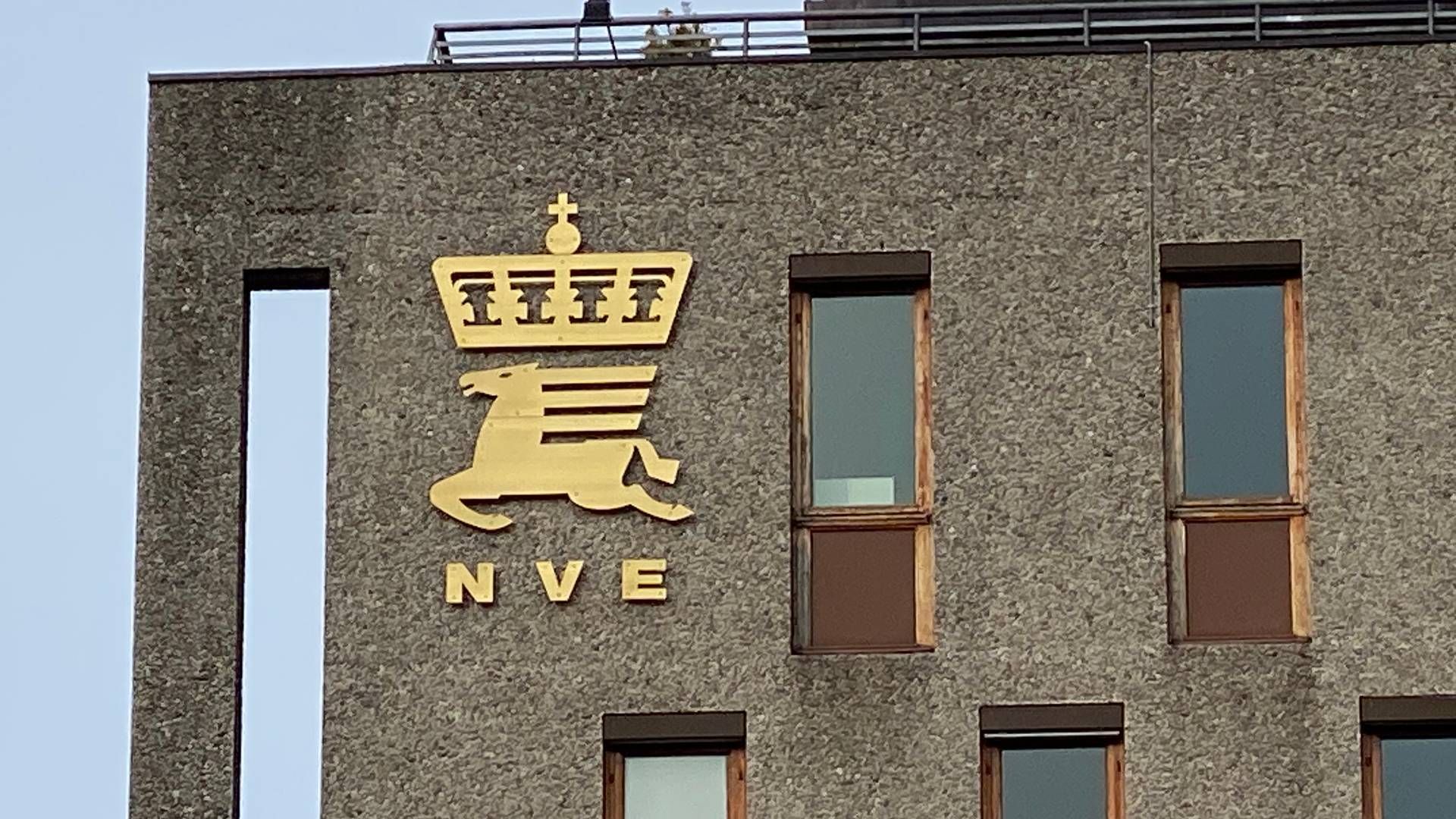
Europe is in the midst of a serious energy crisis resulting from low natural gas inventories and great uncertainty on Russia’s role as fuel supplier this autumn and winter.
Norway fires very little gas and thus has no shortage issues, but too little water in the country’s hydropower reservoirs have prompted system operator Statnett to warn of a 5-20% chance of electricity rationing this coming cold season.
Public authorities in Norway have thus asked hydro plant operators to scale back on tapping reservoirs to ensure adequate backup for the winter. The Norwegian Ministry of Petroleum and Energy (OED) asked the Norwegian Energy Regulatory Authority (RME) to explore options for mitigating potential shortage while keeping within the bounds of international regulations.
Monday Aug. 22, the Water and Energy Resources Director (NVE), which RME files under, replied to the ministry saying export reduction is possible when done for reasons of supply security – not for cutting domestic power prices. At the same time, regulators say it would make more sense to direct efforts at the hydroelectric plants managing water reservoirs.
”Measures described in the report are mainly related to hydroelectric generation in Norway,” RME Director Tore Langset tells EnergyWatch.
In the letter, RME considers four possibilities:
- Reduce transmission volume on transnational interconnectors
- Set requirement for reservoir refilling in tandem with quotas
- Tax power generation if output occurs when reservoir water falls below a certain level
- Ensure energy reserves via procurement
RME has clarified its opposition on restricting export flows, and the three other measures will in practice increase water value at hydro plants – also meaning higher power prices. The idea here is that doing so would raise prices in Norway higher than neighboring countries, thereby calling for import rather than export via the interconnectors.
Hydro and gas power overbidding each other
In theory, such action should work fine, but this assumes power prices in connected nations like Denmark, Germany, the Netherlands and UK don’t rise – a supposition that’s hardly tenable in the context of the raging energy crisis.
At the same time as Norway asks hydro operators to restrain flows to save for winter, European authorities are requesting the same of gas-fired power plants as a part of efforts to refill fuel stockpiles.
Thus, Norway and neighbors could end up fighting a price war constantly necessitating price hikes to levels higher than surrounding nations in order to save water or gas this fall because doing so ensures electricity import rather than export.
When pointed out by EnergyWatch, which asks about whether the measures RME has suggested can succeed as Europe takes the same approach to gas, Langset replies that both Norway and Europe are now taking actions to avoid a situation even worse come winter.
”In light of the situation in Europe today, and the risk for further disruption to energy supply, all countries are now working to ensure access to energy this winter. This is being done in various ways relative to national energy mixes and production options. One such measure is to avoid use of water or gas to enable storage for later use this winter,” Langset answers, acknowledging that doing so boosts prices, however noting that such action could also improve supply security and thereby lower prices this winter.
”In isolation, this will lead to higher prices during the period of inventories being refilled than if nations have not taken such measures. The action will, however, improve supply security and thereby provide lower prices this winter by counteracting scarcity,” Tore Langset says.
Want more savings
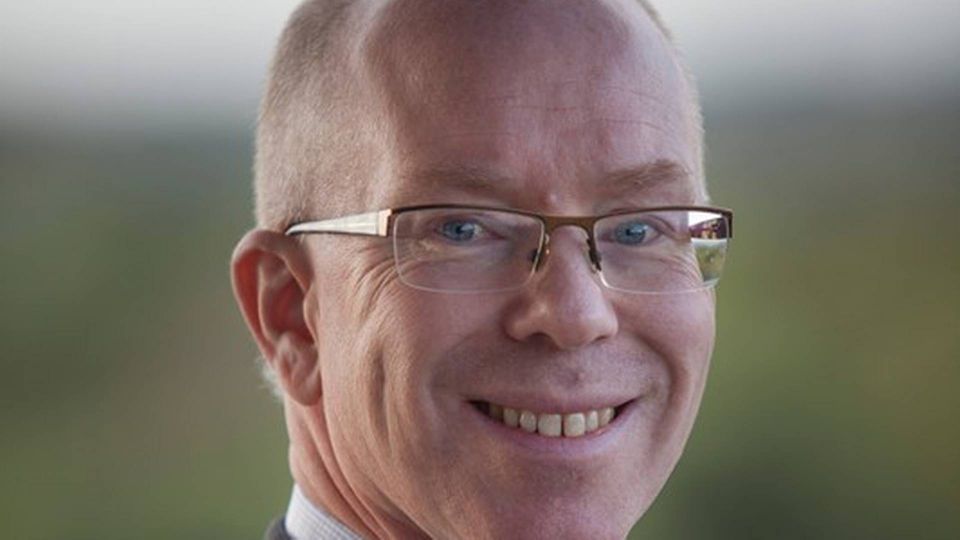
Langset also points out that RME’s proposals are not only aimed at hydro plants. In its letter to the OED, RME also indicates that matters can be helped through energy optimization and savings.
”In many countries, measures are being combined with building energy storage to save consumption. Energy savings will alone cut energy costs and thereby be able to buffer the price effects related to stockpile refilling. Energy savings are thus important for mitigating the energy scarcity Europe is facing.”
Even though saving energy doesn’t figure as one of the four measures RME proposed, the regulator’s director says this option should be explored.
”Measures to save electricity and improve energy efficiency will also help reduce the risk of rationing in Norway, and thus should be contemplated,” Langset says.
Action in accordance with rules
Langset heads the regulator’s energy affairs unit tasked with devising creative solutions, administrating rules, and the actions proposed here must be in accordance with with regulations.
He then points out that RME explored what options the nation’s authorities have to handle to issue of insufficient water in reservoirs.
”We were asked to assess options to cut export or taking other measures to improve supply security. EU Economic Area rules allow for this, but not to shield residents against high prices. We have pointed out some alternatives to export restrictions we think can be more efficient and less invasive in respect to the EU agreement’s requirement for free flow of goods and services,” Langset says.
Effect of measures on power price not assessed
Being that such measures are bound to raise prices, EnergyWatch asks whether prices could in effect increase so much that demand destruction would occur, in other words causing power use to fall because rate payers can’t afford their bills.
The RME director merely says that the regulator hasn’t concerned itself with the issue of power prices.
”We weren’t asked to examine price effects of the various measures, and we have not made such evaluations,” Langset says.
Households in Norway are now receiving generous electricity support. Ahead to Aug. 31, the state will cover 80% of the price beyond NOK 0.70 per kWh (EUR 72 per MWh), then raising the aid level to 90% from Sept. 1. This support is calculated based on monthly average.
Companies are not presently receiving electricity subsidy, but is being discussed and explored by the Norwegian government. EnergyWatch asks whether aiding businesses would undermine other measures RME has proposed.
Langset declines to reply:
”We don’t know of any support scheme for commerce and thus have no wish to speculate on the effects.”
Germany to detach gas and wind prices
German party urges halt to power export
Low water levels at reservoirs force Norway’s hydro plants offline
Norway’s flagship hydro plant tapped as such in 2021
Norway regulator: Reducing power export permitted – but not to cut price
Related articles
Germany to detach gas and wind prices
For subscribers
German party urges halt to power export
For subscribers

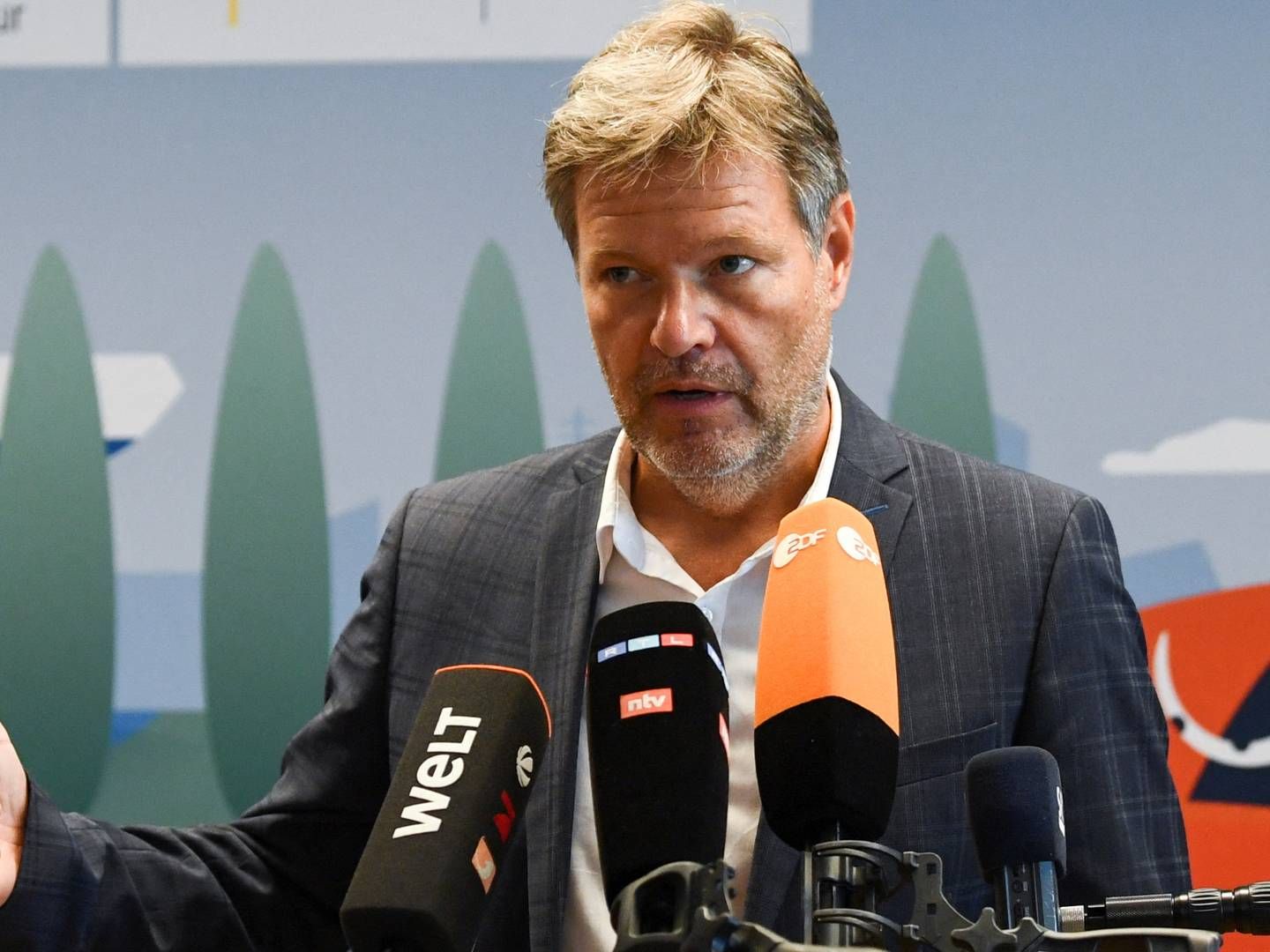
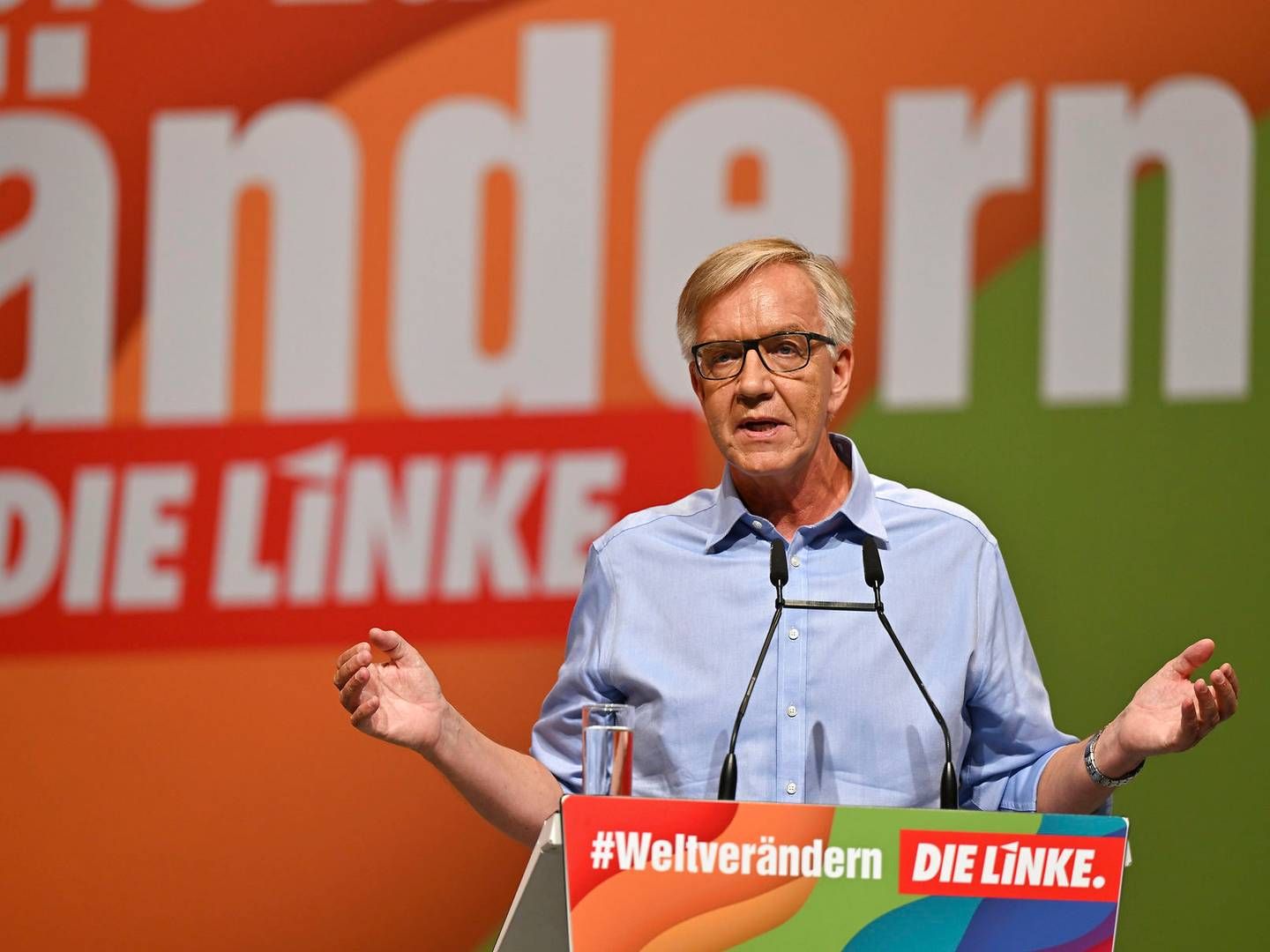
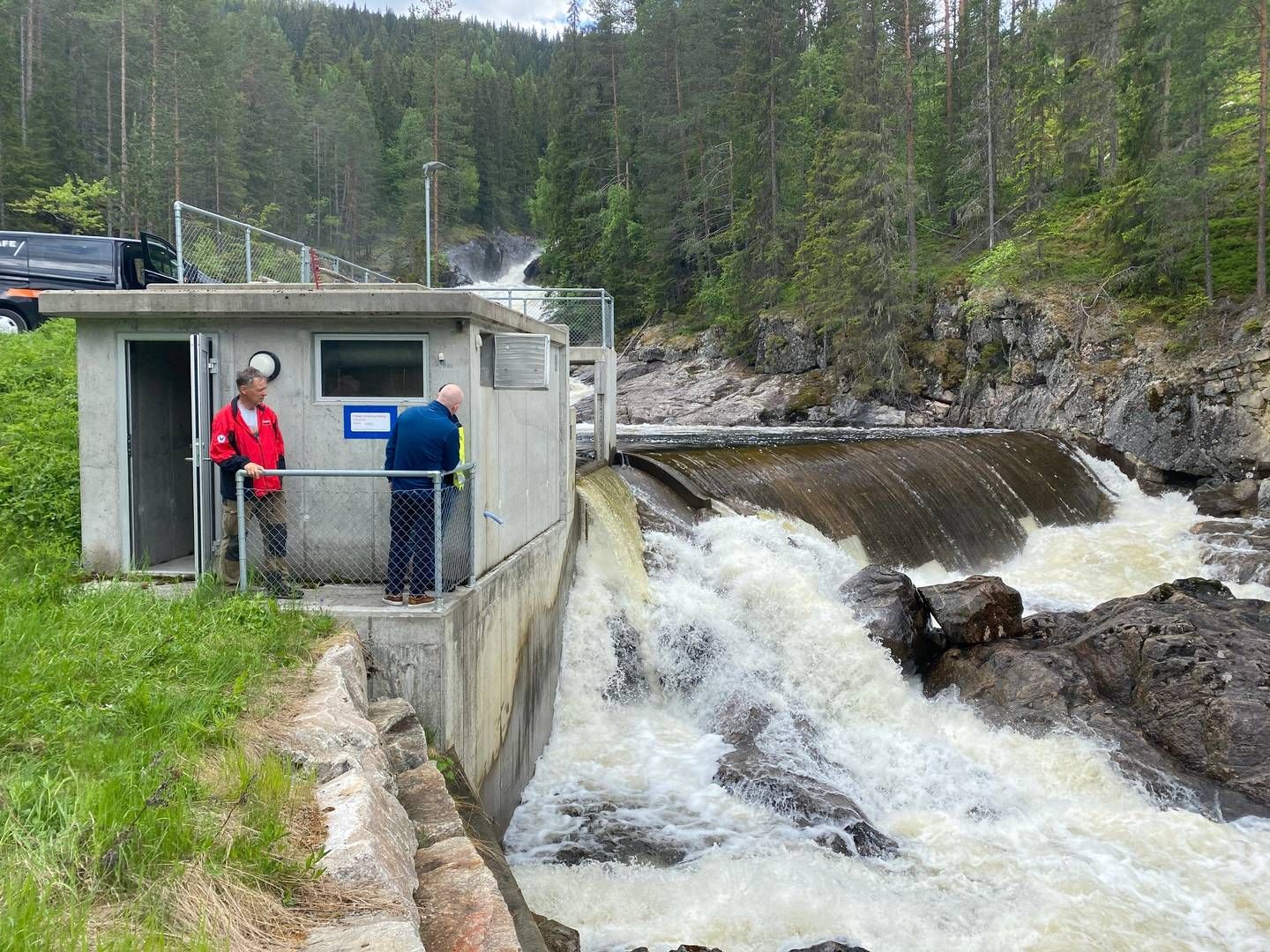














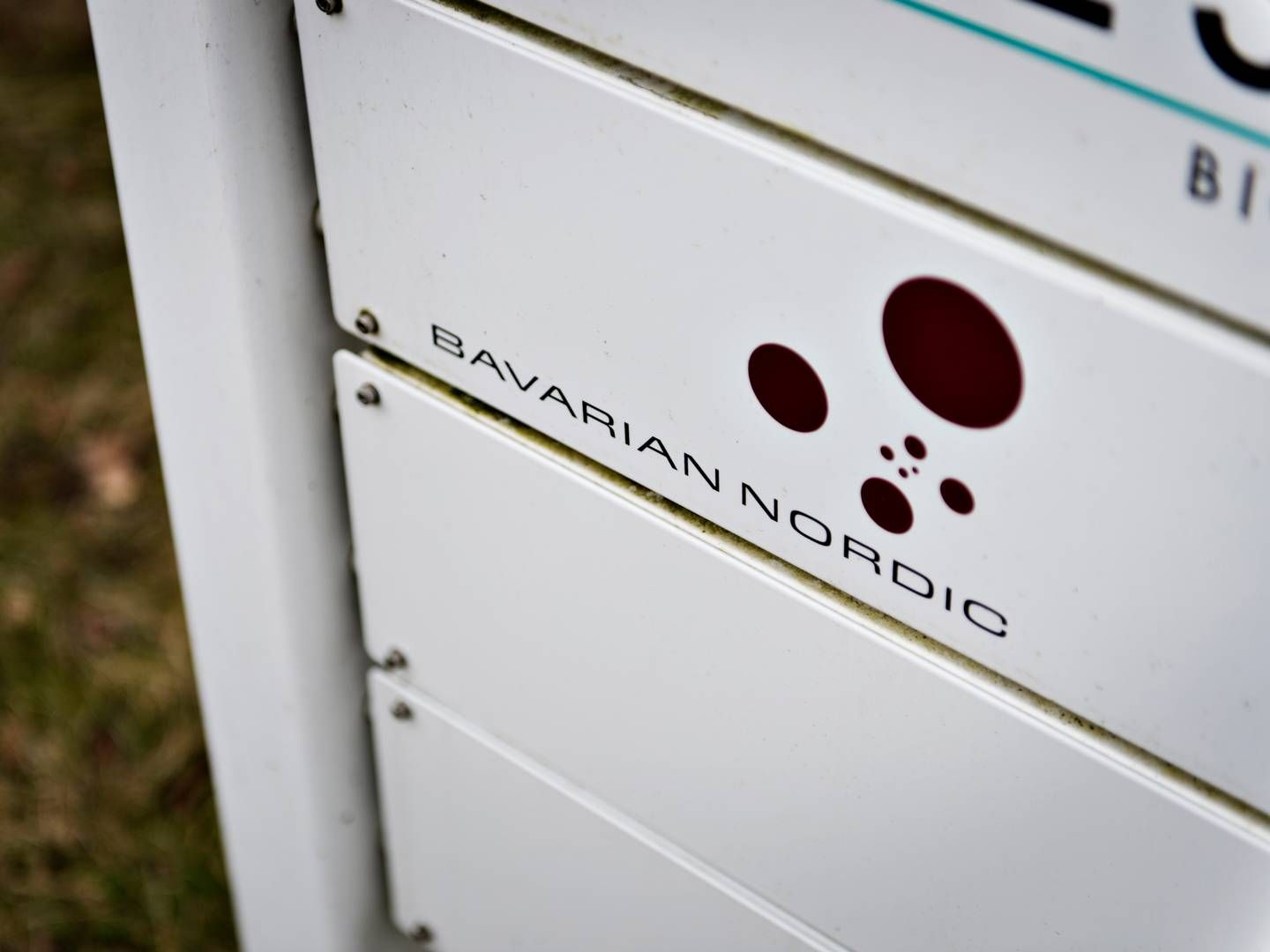
.jpg&w=384&q=75)





